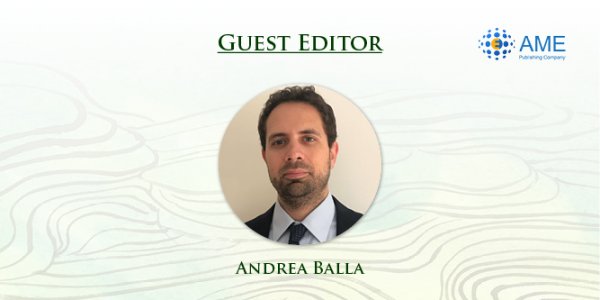
Currently, Gastro-esophageal reflux disease (GERD) prevalence ranged between 2.5% and 33.1% but it is increasing world-wide. The present series, focused on the minimally invasive surgical treatment of GERD, aims to provide an overview about the possibilities presently available to manage patients with GERD.
Editorial on Minimally Invasive Approach for the Treatment of Gastro-esophageal Reflux Disease
Minimally invasive treatment of gastro-esophageal reflux disease (GERD): a still debated issue
Review Article on Minimally Invasive Approach for the Treatment of Gastro-esophageal Reflux Disease
Diagnostic work up and indications for gastro-esophageal reflux surgery
Results after minimally invasive Toupet fundoplication technique: a narrative review
Comparison between robotic Nissen, Toupet and Dor fundoplication: results
New technology minimally invasive for the treatment of gastro-esophageal reflux disease: LINX
Brief Report on Minimally Invasive Approach for the Treatment of Gastro-esophageal Reflux Disease
How I do it: laparoscopic implantation of lower esophageal sphincter stimulator for the treatment of gastro-esophageal reflux disease
Review Article on Minimally Invasive Approach for the Treatment of Gastro-esophageal Re-flux Disease
Mesh placement for hiatal hernia repair: can we solve the controversy?
Original Article on Minimally Invasive Approach for the Treatment of Gastro-esophageal Reflux Disease
Factors influencing recurrence after minimally invasive treatment of hiatal hernia—a single center experience
Review Article on Minimally Invasive Approach for the Treatment of Gastro-esophageal Re-flux Disease
Long-terms results in terms of QoL after laparoscopic Nissen fundoplication: a literature review
Disclosure:
The series “Minimally Invasive Approach for the Treatment of Gastro-esophageal Reflux Disease” was commissioned by the editorial office, Laparoscopic Surgery without any sponsorship or funding. Andrea Balla is serving as the unpaid Guest Editor for the series.
